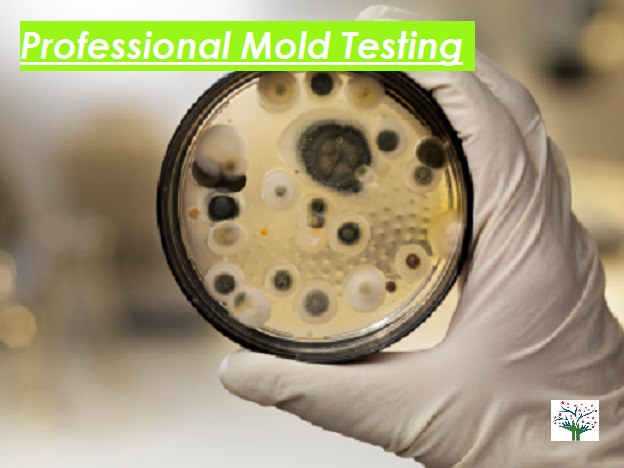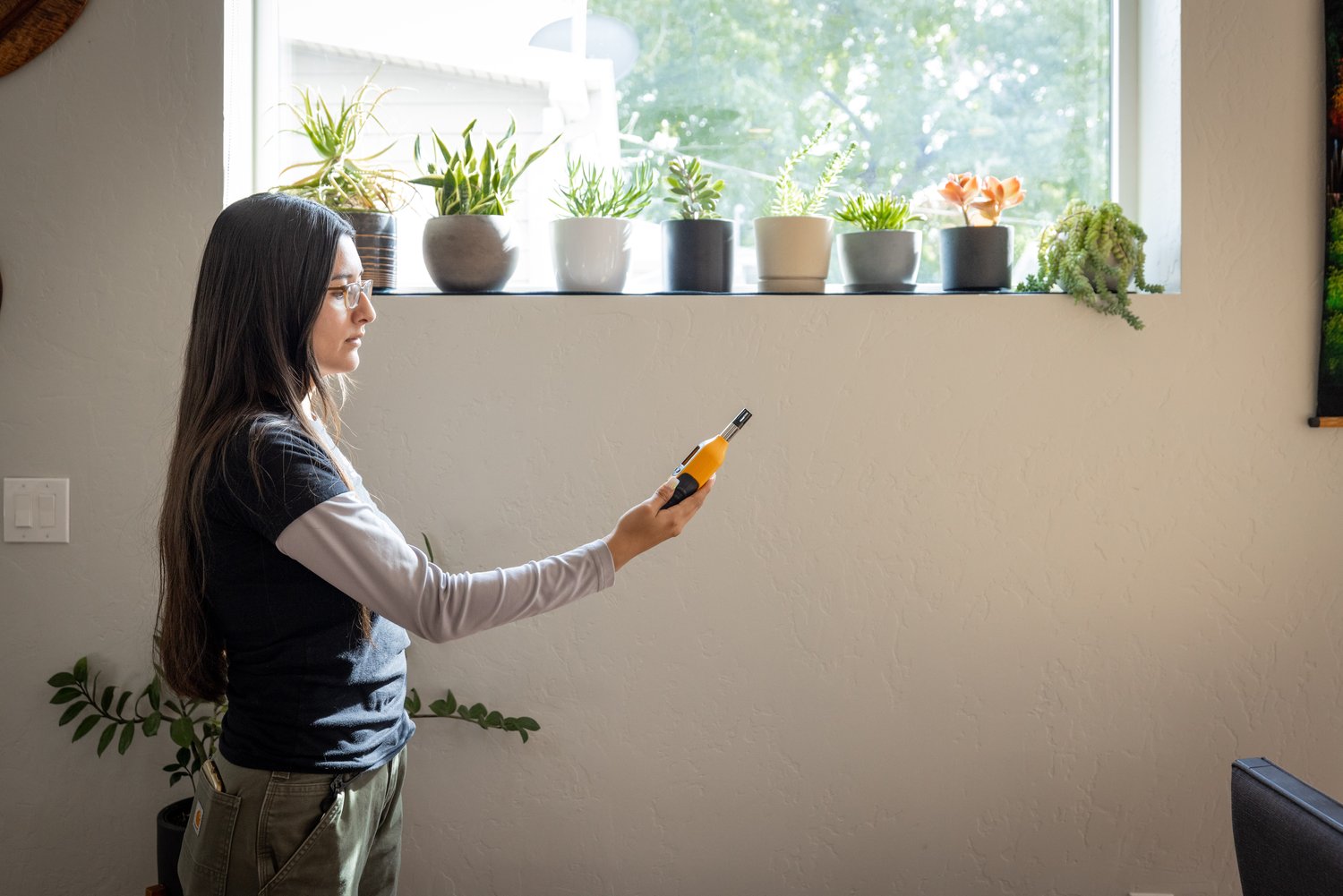Ensuring Conformity With Laws: the Duty of Mycotoxin Testing in Quality Assurance
Making sure conformity with strict policies is vital for keeping food safety and security, and the duty of mycotoxin screening in top quality control can not be overemphasized. Mycotoxins, toxic substances created by particular molds, pose considerable health and wellness threats, making their detection crucial in food manufacturing.
Recognizing Mycotoxins
Comprehending mycotoxins is fundamental to making certain the top quality and security of agricultural products. The most infamous mycotoxins consist of aflatoxins, fumonisins, trichothecenes, and ochratoxins, each connected with certain fungal types and ecological conditions.
The visibility of mycotoxins in food products can lead to intense and persistent health and wellness problems, consisting of liver damage, immune suppression, and carcinogenic results. By understanding the sources, types, and impacts of mycotoxins, stakeholders in the agricultural field can better execute preventative actions and reduce threats, making certain safer intake for end-users.
Regulatory Criteria for Mycotoxins
Having developed a fundamental understanding of mycotoxins and their influence on food security, it is imperative to examine the governing criteria controling their presence in agricultural items. Regulative criteria for mycotoxins are essential due to the fact that they specify allowable limitations, ensuring food safety and security and securing public health. Different worldwide and national firms have set these limits based on comprehensive risk assessments.
The Codex Alimentarius Compensation, a worldwide body developed by the FAO and that, offers standards and optimum allowable levels for various mycotoxins in food and feed. The Codex has set limits for aflatoxins in peanuts, maize, and dried figs, amongst various other commodities. These requirements are often embraced or adjusted by individual countries to fit their specific demands.
In the European Union, Policy (EC) No 1881/2006 stipulates optimum degrees for several mycotoxins, such as aflatoxins, ochratoxin A, and deoxynivalenol, in numerous foodstuff. In a similar way, the U.S. Food and Medication Management (FDA) has developed activity degrees for mycotoxins like aflatoxins in commodities such as nuts and grains.
Adherence to these governing criteria is essential for keeping market access, consumer depend on, and public wellness. Non-compliance can bring about considerable financial losses and wellness dangers, emphasizing the value of rigorous mycotoxin screening protocols.
Checking Techniques and Technologies

ELISA is commonly appreciated for its rapid and economical testing abilities, making it suitable for high-throughput settings. It relies upon antibodies to find certain mycotoxins, giving lead to a reasonably brief time frame. Its sensitivity might be limited contrasted to more innovative methods.
HPLC, on the various other hand, stands out in giving quantitative analysis with high precision and precision. It divides complicated combinations into private parts, making it extremely reliable for recognizing and measuring several mycotoxins at the same time - Mycotoxin testing Services. This useful source strategy, while more resource-intensive and time-consuming than ELISA, supplies a higher degree of dependability

LC-MS represents the pinnacle of analytical uniqueness and sensitivity. Combining the separation power of liquid chromatography with the detection capacities of mass spectrometry, LC-MS can detect also trace degrees of mycotoxins. This approach is vital for confirming the existence of mycotoxins in forensic and governing contexts, ensuring conformity with stringent security requirements.
Executing Examining Procedures

Incorporating these sophisticated screening methods into a detailed top quality control framework requires a well-structured strategy to carrying out screening protocols. To achieve this, organizations need to first carry out a detailed risk analysis to identify possible mycotoxin contamination points within the supply chain. This evaluation notifies the development of a customized testing method that resolves specific susceptabilities.
Following, developing standardized tasting treatments is crucial. Constant tasting makes certain that examination outcomes are dependable and agent of the whole batch (Mycotoxin testing Services). Sticking to standards from regulative bodies, such as the FDA or EFSA, aids maintain conformity browse around this site and enhances the credibility of the screening process
Training workers is another essential part. Personnel needs to excel in both sample collection and the procedure of screening equipment. Routine training sessions and qualification programs can guarantee that team members remain updated with the newest strategies and regulative adjustments.
Benefits of Mycotoxin Evaluating
Mycotoxin screening supplies many advantages that considerably enhance the security and quality of food and feed products. Largely, it works as a critical control procedure to avoid contaminated goods from reaching the customer market, thus guarding public health. By recognizing and measuring mycotoxins such as aflatoxins, fumonisins, and ochratoxins, producers can make certain that their items fulfill stringent governing requirements, hence avoiding possible legal consequences and associated prices.
Furthermore, mycotoxin screening adds to the financial stability of food and feed sectors by decreasing the danger of massive item remembers. The ability to find and separate infected sets early in the manufacturing process minimizes waste and protects against the financial losses connected with broken brand name reputation. Additionally, it promotes customer trust and loyalty, as customers are significantly familiar with food security problems and demand better criteria.
The application of normal mycotoxin screening likewise promotes best methods within farming and production industries. By sticking to strenuous screening methods, firms can optimize their quality control procedures, boost functional efficiency, and make sure the consistent production of risk-free, high-grade items. In verdict, the advantages of mycotoxin screening are multifaceted, adding to public wellness, financial stability, and industry integrity.
Final Thought
Mycotoxin testing is important in making certain conformity with regulatory criteria, consequently maintaining food security and quality assurance. By systematically go to this website detecting harmful mycotoxins, this practice helps mitigate health and wellness risks, stop lawful effects, and prevent monetary losses associated with item remembers. Executing durable testing procedures cultivates consumer depend on and self-confidence in food safety methods, eventually supporting the honesty and online reputation of food services. Thus, mycotoxin testing continues to be a crucial component of modern food security management systems.
Guaranteeing compliance with rigid guidelines is vital for preserving food safety and security, and the function of mycotoxin testing in top quality control can not be overstated.In the world of mycotoxin screening, progressed technologies and methods are crucial in guaranteeing food safety and governing conformity.Mycotoxin testing provides countless benefits that substantially enhance the safety and security and high quality of food and feed products.Mycotoxin screening is critical in guaranteeing compliance with regulatory criteria, thus maintaining food security and high quality control. Thus, mycotoxin testing remains an important part of contemporary food safety monitoring systems.